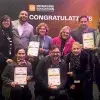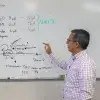“I’m not a designer,” Stuart Candy says during a break. “I don’t really consider myself a political scientist, either. I’m a futurist.”
Moments earlier, the teacher had spoken to a room full of students where, despite the fact that it seemed impossible to move without bumping into someone, silence reigned. “The future begins with hope,” he declared.
With looks of uncertainty, the young people remained standing, listening to Candy. Three-quarters of them had shared that they imagined a worse future for the world, while only a few envisioned a positive future.
“We could say that it’s a kind of faith, the belief in the idea that things will get better, and that’s the basis for the action that makes it possible,” explained the member of the Tec’s Faculty of Excellence and distinguished visiting professor of Critical Futures.
“There are many reasons to fear, but there’s also room for hope.”
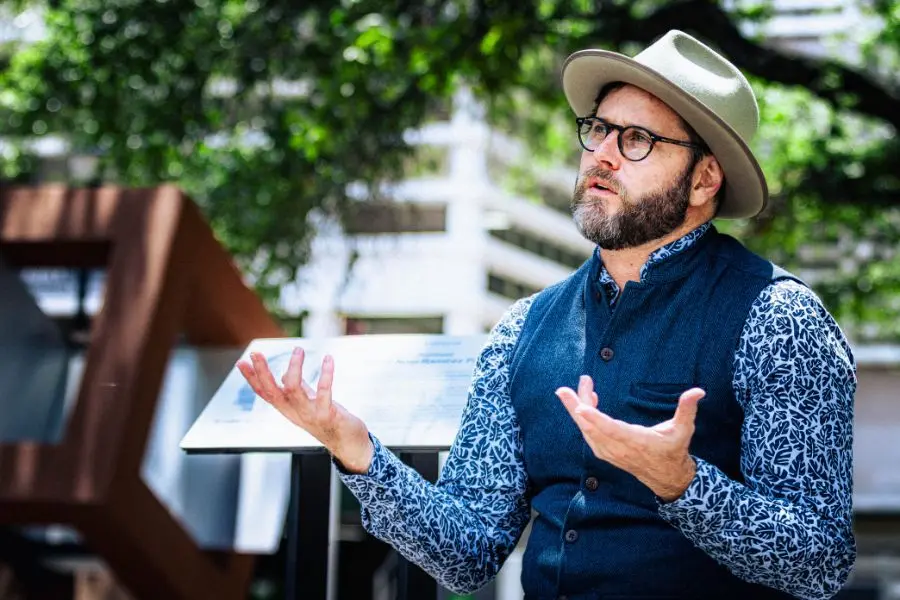
From the moment Candy came across one of his mother’s books at the age of 16 to becoming considered a pioneer of collective foresight through art and design, the Australian professor has lived by a rule that he now shares: dare to dream.
From curious teenager to pioneer ‘of the future’
Candy’s story and the future began in his teenage years.
Growing up in Australia in a family of educators, when he was 16 he came across a pilot course on future studies taught by his mother.
“It was a collection of articles and materials on the future, on the field of future studies, or what is now also known as foresight.
“That’s when I discovered that there was a community of people, both academics and practitioners, devoting all their efforts to thinking about the times to come,” he said.
At the age of 17, before he had even finished high school, he was already attending conferences dedicated to the field of futurology, and he had already met some of the key figures in the discipline.
After studying Law, History, and Philosophy of Science at the University of Melbourne, he realized that he did not want to follow a conventional path.
“Law was too linear. I wanted something more open and interdisciplinary,” he said.
His interest led him to work on forward-looking projects with the Australian and UK governments, but something bothered him. “It was rigorous work, but it ended up on a shelf without changing any real decisions,” he said.
His frustration drove him to look for new ways to bring his knowledge closer to everyday life.
With that goal in mind, he decided to pursue his master’s and doctoral degrees at the University of Hawaii, where he learned to combine theory with design and citizen participation.
“There, I discovered that the future couldn’t be confined to reports. It had to be turned into experiences that people could feel, discuss, and transform,” he said.
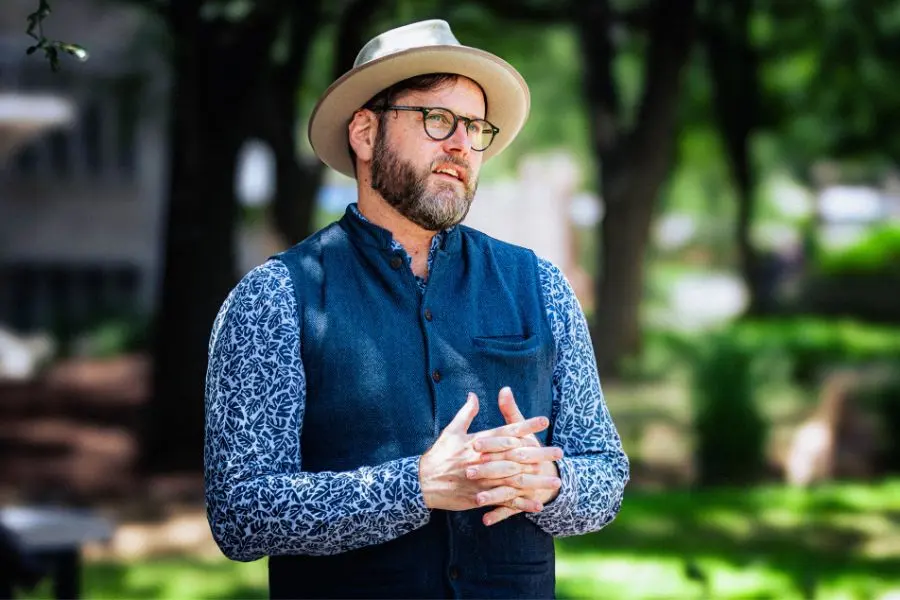
Hawaii 2050: Imagining to transform
One of the key moments in his career was the Hawaii 2050 project, in which the state congress requested support to design the islands’ first sustainability plan. Instead of just handing over documents, Candy proposed something different.
“We decided to create parallel worlds,” he said. “We put 550 people in four different rooms, each representing a possible scenario for Hawaii in 2050.”
Participants walked through alternative futures: some sustainable, others chaotic, some technologically advanced, and others in environmental crisis.
“We bridged the gap between the present and those possibilities,” he said about the interactive and dynamic experience.
As part of his particular vision, Candy highlighted the need to think about the future in great detail, rooting it in specific places, such as cultures, histories, and specific ways of seeing and acting.
When in a new cultural context, his role as a futurist is that of a facilitator, guiding participants to imagine specific details that are unique from their perspective.
“When experiencing them, people don’t just think about what might happen, they feel it. And that spurs action”.
The experience in Hawaii proved so powerful that it inspired another two decades of work creating “immersive futures” in different countries.
Candy describes these exercises as a “bazaar of futures,” in which imagination becomes a collective laboratory: “The goal is not to predict, but to expand the range of what is possible.”
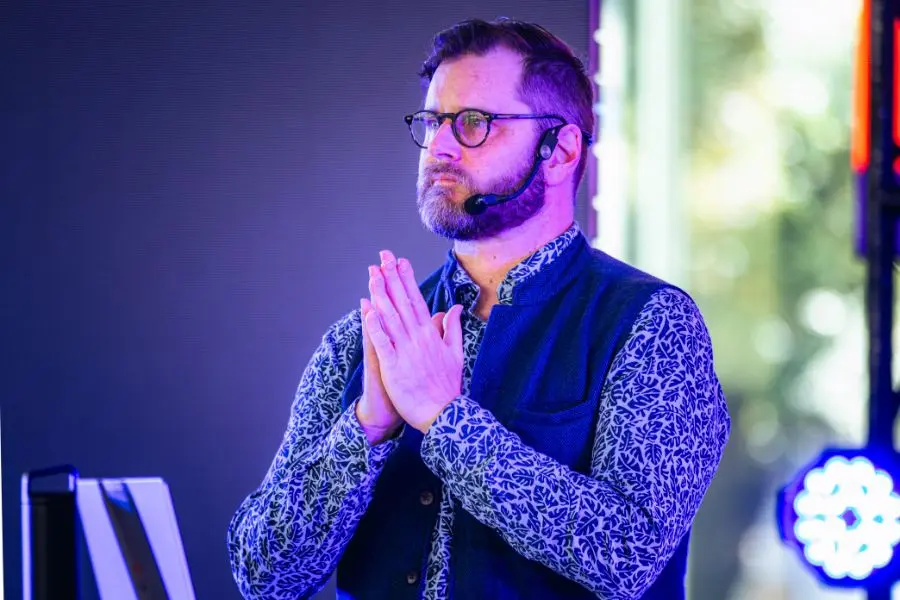
Transforming fear into collective creativity
During his time at the Tec, Candy has promoted workshops like Don’t Fear the Future, designed to change young people’s relationship with the future.
During the activities, students explore questions related to prospective exercises and methodologies: Will the world be better or worse in 2050? How much influence can we have on what is to come?
“Many people associate the future with anxiety or uncertainty,” he said. “What we want is for each person to become a bolder designer or agent of change.”
To achieve this, he uses familiar objects such as Mexican bingo cards or popular sayings (proverbs) that participants transform into messages from the future.
“The future shouldn’t feel distant, but close and a part of everyday life.”
For Candy, imagination can become an antidote to fear.
“The practice of futures consists of journeying between what is and what could be. That space of friction is where creativity comes from”.
He also insists that imagining scenarios is not a luxury, but a skill that is becoming increasingly urgent.
“The future shouldn’t feel distant, but close and everyday.”
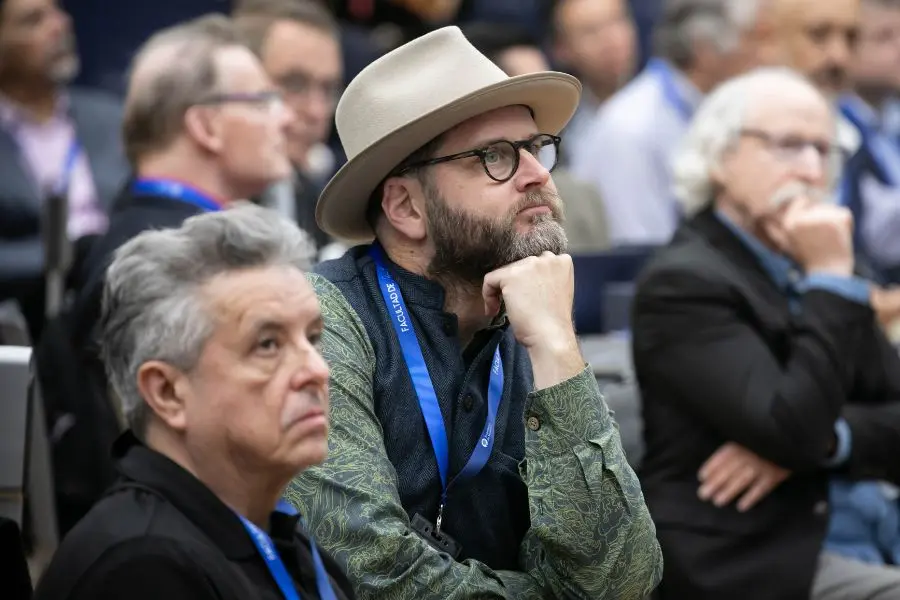
Faculty of Excellence: Sowing futures at the Tec
As part of the Faculty of Excellence, Candy works with the School of Architecture, Art, and Design, but his vision transcends disciplines.
“The future doesn’t belong only to designers and academics. Every student, in any field, has a role as a creator of futures,” he said.
His goal is to normalize thinking about alternative scenarios within the institution, not only in theory but also in tangible experiences.
The results have been encouraging: “The students have responded enthusiastically. Many arrive fearful but leave feeling that they have agency over what lies ahead.”
The professor highlights the collective dimension of this work: “We call it social foresight, the ability to imagine and feel futures together, in order to make wiser decisions today.”
Although he acknowledges that this is a long-term process, he is confident that the Tec can become an international benchmark in foresight.
“Ask me in ten years how we’re doing,” he said with a smile.
His task for his students and for all of us is just one: “We need to dare to dream of what is preferable, break the mold, and experiment with what could be, not what is.”
What is the Faculty of Excellence?
Tec de Monterrey has brought together world-renowned leaders as part of its Faculty of Excellence initiative, inviting them to join the institution’s teaching staff.
This initiative aims to bring together 100 international professors to broaden students’ learning experience and promote international cooperation, innovation, diversity, and multidisciplinary research.
YOU MAY ALSO BE INTERESTED IN:



